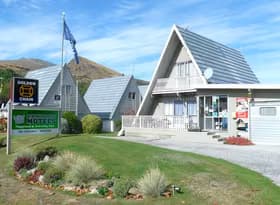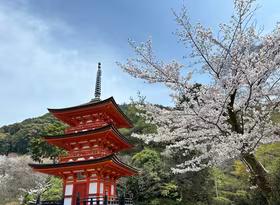Popular opinion seemed to be turning against tourism in the summer of 2017/18. Media stories were dominated with, among others, tales of inconsiderate freedom campers and overcrowding at our most popular spots. Heading into the 2018/19 summer, it seemed as if little had changed, except for a smattering of new public toilets. With international tourism data out now, we’ve looked at how the tourism market performed, with some insights into the coming season based on our knowledge of the tourism sector.
International visitor arrivals reach new highs…
International visitor arrivals to our shores reached a new record of 3.9 million in the year to April 2019, ahead of the 3.8 million recorded a year earlier. However, this was a modest increase of only 2.6%pa, compared to consecutive annual increases of 10%pa in 2016 and 2017!
Graph 1
…but growth is slowing.
International visitor growth rates are tailing off as arrivals reach a plateau level. However, it seems that slower growth in visitor arrivals has as much to do with the fortunes of our visitors as it does our tourism offering.
- China is our second largest tourism market, but softening GDP growth and consumer confidence has seen more Chinese stay at home over the last year, with arrivals to NZ down by 1%.
- Arrivals from the UK are also down, by 7%, reflecting the economic uncertainty around Brexit.
- Australia remains our largest tourism market, and arrivals are up by 3%, but it’s worth bearing in mind that Australians tend to visit us for shorter trips.
- Arrivals from the USA have grown by 9%, potentially reflecting improvements in the availability of direct flights to New Zealand.
Visitor spending keeps growing
International visitor spending has been growing faster than arrivals, indicating that we are attracting ‘higher value’ visitors, with the average international visitor spending more during their visits. International visitors spent 4.4% more in the year to April 2019 than the previous year.
Graph 2
…on the back of strong growth in spending by Australians and Americans…
This growth was driven by increased spending in shops, bars, restaurants and on activities. Australians and Americans spent more over the last year, up by 4% and 16% respectively. Unsurprisingly, giving the drop in visitor arrivals from China, spending by Chinese visitors was down by 0.3%.
Graph 3
…with more visitors appearing to spend in peer-to-peer accommodation.
Against a backdrop of rising visitor arrivals and spending, the Commercial Accommodation Monitor (CAM) shows that guest nights at hotels, motels, backpackers, and camping grounds grew by a comparatively modest 1.2% in the year to April 2019. The CAM also uncovered Mackenzie District as a standout performer, with guest nights up 5.8%pa, with the small district accounting for 11% of the national increase. This seems to be due to increased availability of rooms at existing establishments, as well as increased occupancy rates. There’s a new YHA on the Tekapo lakefront, but that only opened in April just past, so won’t be contributing much to the increase. The Auckland and Canterbury regions each accounted for a third of the national increase.
The divergence between commercial guest nights and tourism expenditure seems to be caused by the growth in peer-to-peer accommodation like AirBNB. Infometrics provides a range of insights to a number of councils and economic development agencies on peer-to-peer accommodation, such as AirBNB. Although focused on particular areas, our previous insights revealed that overall, the number of AirBNB properties listed continued to steadily increase. For example, listings in Queenstown Lakes District grew 65% in 2017.
What does next summer hold?
With mixed fortunes in our key tourism markets, we can expect much of the same this coming summer – a continued plateau of visitor arrivals with negligible growth. AirBNB is likely to keep gnawing away at the commercial accommodation market too. Of course, we may never find out, because StatsNZ are discontinuing the CAM as of September 2019. CAM provided an important measure of the volume of tourists at a detailed local level, proving very useful in assessing trends such as the increase in spend per visitor and contextualizing the growth of AirBNB. StatsNZ are currently exploring aggregated mobile phone location data as a way to measure population density, but it these insights might prove more useful to help examine how tourists move around our country.
















